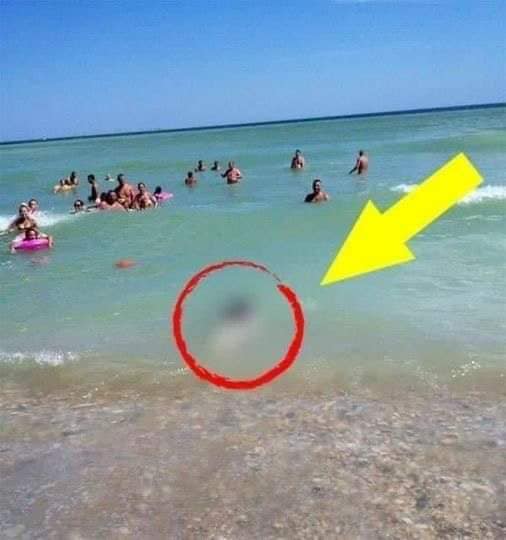Tourists Astonished by Tragic Discovery on Romanian Coast
Tourists were left in disbelief when they witnessed a startling scene unfold along the Romanian coast. As they enjoyed the seaside, a wounded dolphin was brought ashore by the waves, creating a mix of shock and sadness among onlookers. Despite efforts to save the dolphin, it tragically did not survive.
Experts identified the dolphin as a member of the Delphinus delphis species. Upon examination, multiple wounds were discovered on its body, most likely inflicted by fishing nets. The incident highlighted the dangers faced by marine mammals in the Black Sea, where three primary species are found: the common dolphin (Delphinus delphis ponticus), the bottlenose dolphin (Tursiops truncatus ponticus), and the harbor porpoise (Phocoena phocoena relicta).
Each of these species exhibits unique characteristics and dietary preferences. The bottlenose dolphin and harbor porpoise primarily feed on fish and benthic organisms, while the common dolphin’s diet consists of fish and other organisms found in the water column. These dietary differences influence their habitats, with the first two species typically found in coastal areas and the common dolphin usually residing in offshore zones.
The common dolphin is distinguishable by its bluish-gray to brown dorsal side, featuring a V-shaped lateral boundary that is very light. A pigmented band, which varies in darkness, connects the lower jaw to the pectoral fins. The dolphin’s dorsal, pectoral, and caudal fins range from black to gray-brown. At birth, common dolphins measure around 0.80-0.95 meters, and in the Black Sea, they do not exceed 2 meters in length (males reach up to 177 cm, females up to 159 cm). These dolphins are highly sensitive to chemical and acoustic pollution.
Common dolphins are known for their rapid swimming capabilities, reaching speeds of approximately 50 km/h. They typically gather in groups of 10-15 individuals but can also be found in pairs or alone. They inhabit depths of up to 70 meters and perform short-duration dives, frequently surfacing to breathe at intervals of 1 to 3 seconds. They reach sexual maturity at around 2 years of age, with a gestation period of 10 months and weaning at 4 months. These dolphins exhibit strong maternal instincts and have an estimated lifespan of 25-30 years.
Their diet primarily consists of small pelagic fish such as sprat, anchovy, and gobies, along with crustaceans. However, other species like horse mackerel, cod, bluefish, red mullet, sea bass, shrimp, and mollusks are also found in their stomachs. On average, they consume about 10 kilograms of food daily.
This tragic incident serves as a reminder of the fragile balance in marine ecosystems and the ongoing threats posed by human activities. It underscores the importance of protecting marine life and raising awareness about the impacts of pollution and fishing practices on these vulnerable species.
4o
Share via:

